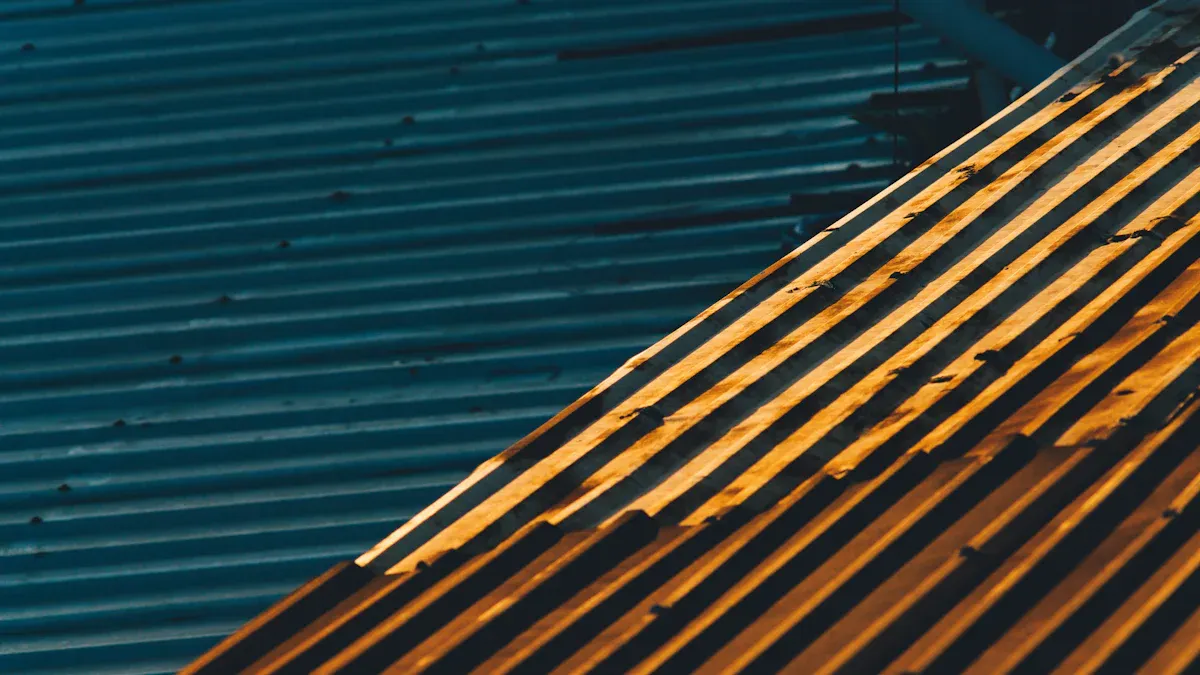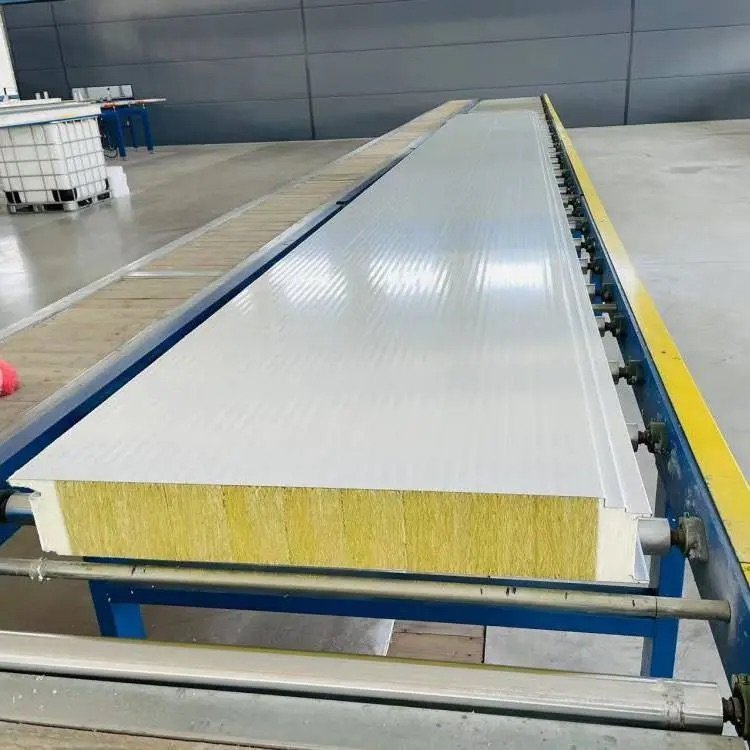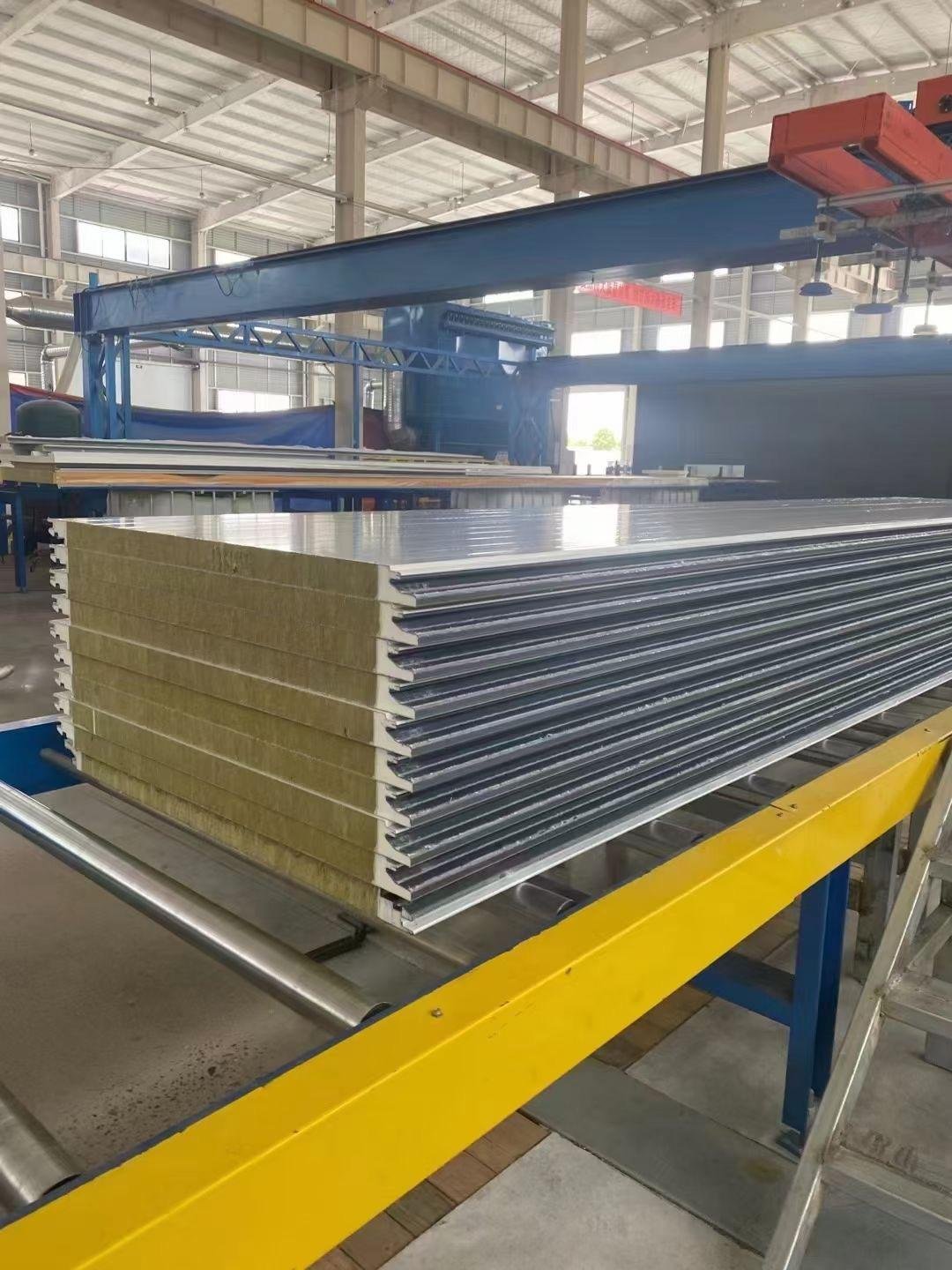
PIR insulation is great for saving energy in homes. It costs more because of the special materials and methods used. Stricter energy rules and eco-friendly building needs make it popular. Its strength and energy-saving ability also raise its price. Buying it means you save money and get better results over time.
Key Takeaways
PIR insulation costs more because it uses better materials and methods.
Using PIR insulation saves money on energy and helps the environment.
PIR insulation keeps homes warm or cool in extreme weather.
If you need cheaper options, try mineral wool, EPS, or fiberglass, but compare their quality to the price.
Pick insulation based on your needs, weather, and building type for the best results.
Why PIR Insulation Costs So Much
Cost of Materials
Made from oil-based materials
PIR insulation uses materials like polyisocyanurate, made from crude oil. Oil prices often change, which affects production costs. When oil gets pricier, making PIR insulation costs more. This is why it’s more expensive than other insulation types.
Problems with supply chains
Issues in global supply chains also raise costs. Delays or shortages in materials make production more expensive. Companies pass these extra costs to buyers like you. This happens more during high demand or unstable economies.
Expensive Manufacturing Process
Special production methods
Making PIR insulation needs advanced methods, like chemical reactions and molding. These processes use a lot of energy, adding to the cost. These methods ensure great performance but make it pricier.
Focus on quality
Manufacturers ensure PIR insulation meets strict quality and efficiency standards. This focus on quality makes it durable and effective. However, it also increases the cost of production.
Market and Industry Factors
High demand for energy-saving buildings
More people want energy-efficient buildings due to new rules. PIR insulation is popular because it saves energy well.
The PIR insulation market may grow 6.85% yearly.
By 2032, it could earn USD 12.3 billion.
Its benefits, like sustainability and energy savings, boost demand.
Few producers in the market
Only a few companies make PIR insulation because it needs special tools and skills. With less competition, prices stay high. This means you often pay more for PIR insulation.
Benefits of PIR Insulation

Exceptional Thermal Efficiency
High R-value per inch
PIR insulation has a very high R-value per inch. It blocks heat better than most other materials. This keeps your home warm in winter and cool in summer. You don’t need thick layers, so it saves space in walls or roofs.
Performance in extreme climates
PIR insulation works well in both hot and cold weather. It handles temperature changes, keeping your home comfy all year. This makes it great for places with extreme weather conditions.
Long-Term Cost Savings
Reduced energy bills
PIR insulation lowers heat loss and gain in your home. This reduces how much energy you use for heating or cooling. Over time, you’ll save a lot on energy bills.
Lower environmental impact
Using less energy means you help the environment too. PIR insulation reduces your carbon footprint by saving resources. It’s a good choice for eco-friendly and sustainable living.
Durability and Versatility
Resistance to moisture and fire
PIR insulation resists moisture, stopping mold and rot. It’s also fire-resistant, adding safety to your home. These features make it strong and long-lasting.
Applications in various building types
You can use PIR insulation in homes, offices, or factories. It works for walls, roofs, and floors. No matter the building type, it performs well everywhere.
Quick Overview of Benefits
Here’s why PIR insulation is a top choice:
Benefit/Feature | Description |
|---|---|
Thermal Insulation Properties | PIR insulation keeps heat in or out, saving energy and money. |
Moisture Resistance | It resists water, staying durable in different conditions. |
Fire Resistance | PIR insulation is fire-resistant, making buildings safer. |
Applications | Works in homes, offices, and factories for energy savings. |
Regulatory Compliance | High demand due to strict energy rules and rising costs. |
Cost-Effective Alternatives to PIR Insulation
Mineral Wool
Advantages and disadvantages
Mineral wool is made from natural or recycled materials like basalt. It’s a cheaper option compared to PIR insulation. It provides good thermal and sound insulation for walls, roofs, and floors. It’s fire-resistant, handling high heat without melting or releasing harmful fumes. Mineral wool also resists moisture, helping prevent mold growth.
But, it has some downsides. It’s bulkier than PIR insulation, needing thicker layers for the same results. Its fibers can irritate your skin and lungs during installation. Always wear protective gear when handling it. While it costs less upfront, its lower R-value per inch might increase energy bills later.
Tip: Use mineral wool where fire safety and soundproofing matter most.
Expanded Polystyrene (EPS)
Pros and cons
EPS is a lightweight foam insulation that’s easy to install. It offers decent thermal performance and works well for walls, roofs, and foundations. Its low cost makes it a good choice for tight budgets.
However, EPS isn’t as durable as PIR insulation. Sunlight or certain chemicals can damage it. It also has less fire resistance than mineral wool or PIR insulation. While it resists some moisture, long exposure to water can weaken it.
Note: EPS is best for projects focused on saving money and easy setup.
Fiberglass Insulation
Benefits and limitations
Fiberglass insulation is made from recycled glass and sand. It’s affordable and widely available. It works well in attics, walls, and crawl spaces. It also resists moisture and pests, making it reliable.
Still, fiberglass has some issues. Its fibers can irritate skin and lungs, so wear protection. It doesn’t perform as well in extreme weather. If compressed or wet, it loses some insulating ability. Over time, it may sag, reducing its effectiveness.
Quick Fact: Fiberglass insulation is perfect for DIY projects due to its low cost and easy access.
Comparing Alternatives
Performance vs. Cost
Choosing insulation means balancing cost and performance. PIR insulation has the best R-value per inch, making it very efficient. It saves energy and space but costs more. If you want top energy savings, it’s a smart choice. For smaller budgets, options like mineral wool, EPS, or fiberglass might work better.
Mineral Wool: It’s cheaper and insulates well against heat and noise. But, it needs thicker layers to match PIR’s efficiency.
EPS: This foam is lightweight, affordable, and simple to install. Its insulation is good but not as strong as PIR.
Fiberglass: The most affordable option. It works fine in mild weather but struggles in extreme temperatures.
Tip: Spending more on PIR now can save energy costs later.
Suitability for Different Needs
Different insulation types fit different needs. Think about your building’s requirements before choosing.
PIR Insulation: Best for tight spaces or when energy efficiency matters most. It lasts long and works well in extreme weather.
Mineral Wool: Great for fire safety or soundproofing, like in walls or noisy areas.
EPS: Ideal for DIY projects or temporary buildings. It’s easy to handle because it’s lightweight.
Fiberglass: Good for attics or crawl spaces in mild climates. It’s also a budget-friendly choice.
Note: Pick insulation based on your climate, building type, and budget for the best outcome.
PIR insulation is pricey due to high-quality materials and complex methods. It saves energy well and lasts long, making it worth it. Over time, it lowers energy bills and helps the environment. If your budget is smaller, try mineral wool, EPS, or fiberglass. These options have different benefits, so pick what suits you best. Knowing your needs will help you choose wisely for your home or project.
FAQ
What makes PIR insulation different from other types of insulation?
PIR insulation is special because it has a high R-value per inch. This means it keeps heat in or out very well. It also resists water and fire, making it strong and safe. It works in very hot or cold weather and needs thinner layers to perform well.
Is PIR insulation worth the high cost?
Yes, PIR insulation saves money by lowering energy bills over time. It lasts a long time, so you won’t need to replace it often. Even though it costs more at first, its great performance and energy savings make it a good choice for homes and buildings.
Can you install PIR insulation yourself?
Installing PIR insulation can be tricky because the panels are stiff. They need to be cut carefully to fit right. If you’re experienced, you might do it yourself. But hiring a pro ensures it’s done correctly for the best energy savings.
How does PIR insulation help the environment?
PIR insulation helps the planet by cutting down energy use. It keeps your home warm or cool without wasting energy. Using less energy means fewer harmful gases are released. It also lasts a long time, creating less waste, which is better for the Earth.
Are there any downsides to PIR insulation?
PIR insulation costs more than cheaper options like fiberglass or EPS. It also needs careful installation to avoid mistakes or gaps. Still, its benefits, like being strong and saving energy, often make it worth the extra cost.
Tip: Think about your budget and energy needs before picking PIR insulation.







